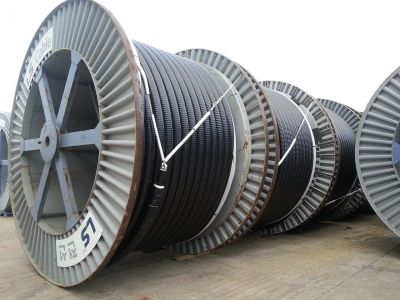Discovered around 100 years ago, superconductors are materials that can
efficiently conduct electricity with very low power losses compared to
traditional cables. Currently used in medical imaging and as high-field
magnets in scientific facilities, they have great potential for becoming
a truly transformative technology. However, the main challenge
associated with high-temperature superconductors is to form long-length
wires and cables at a low cost to reliably transport energy at great
distances.
In the EU-funded project
EUROTAPES, European researchers and companies have joined forces to overcome these limitations and provide long-length substrates for use in high-current superconducting tapes. EUROTAPES is using a method adapted from ink-jet printing to grow multi-layered structures. These are coated conductors (CCs) that are based on a metallic substrate. The method involves suspending nanoparticles into chemical or colloidal solutions and then printing the inks on top of each other to produce the tapes.
In particular, scientists are combining physical and chemical deposition techniques to produce the superconducting tapes, and nanocomposites as the ink for printing them. The developed nanocomposite conductors will have high pinning forces and high critical currents for high and ultra-high magnetic fields, high mechanical strength and large thickness.
So far, work has been geared toward developing novel advancements that should decrease the CCs' manufacturing costs. Scientists have explored simplified conductor architectures and implemented less costly methodologies in long-length manufacturing processes.
Scientists have also investigated different options to process round wires to ultimately design compact cables. It has been demonstrated that a helical geometry leads to extremely reduced alternating current losses and improved transport capacity. Another focus was to use environmentally friendly chemical processes such as eco-friendly metallic precursors to produce low-cost CCs.
Except for power applications, project findings are likely to have a great impact on medical applications such as in magnetic resonance imaging scanners. Furthermore, superconducting tapes could also provide high-field magnets for nuclear fusion.

